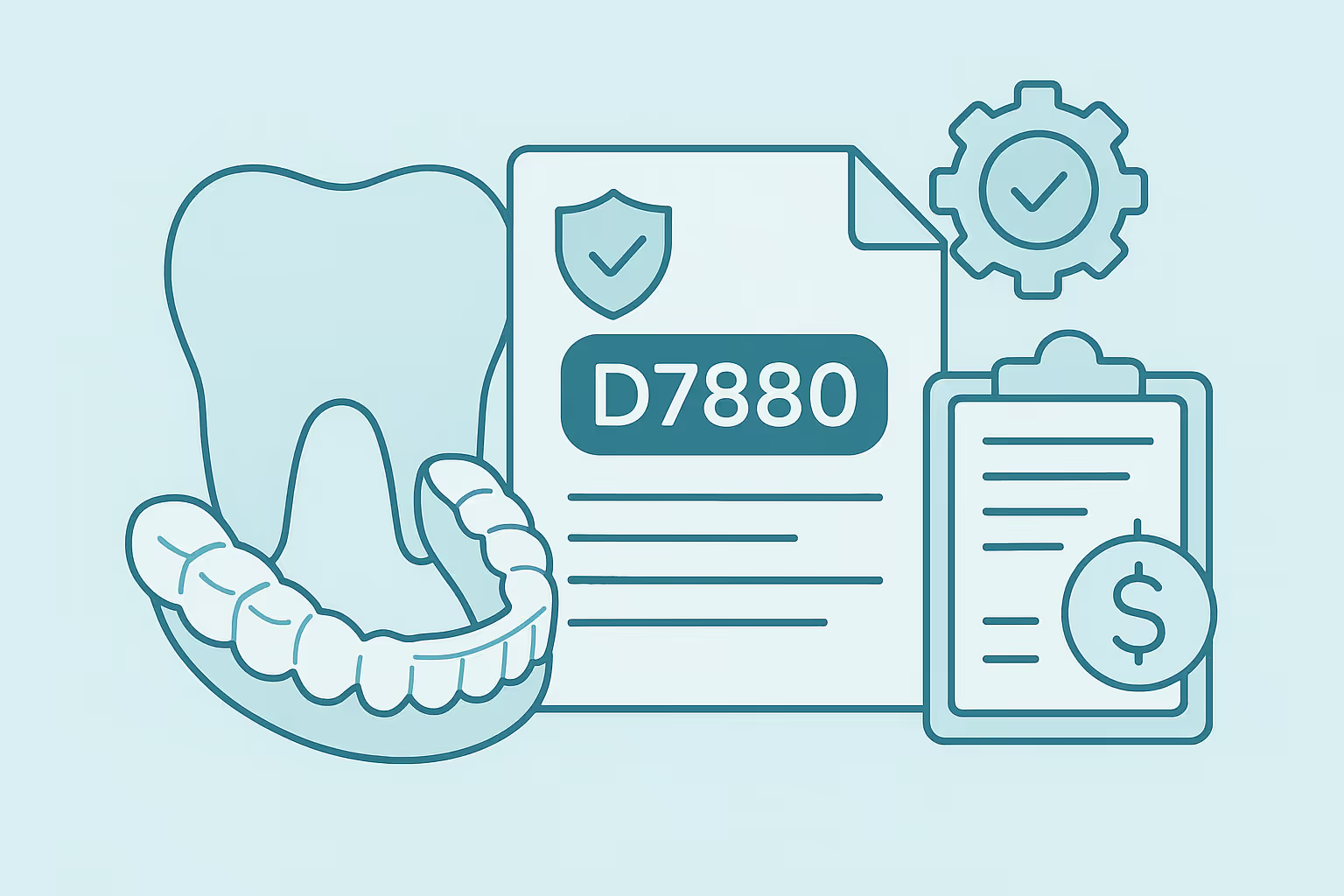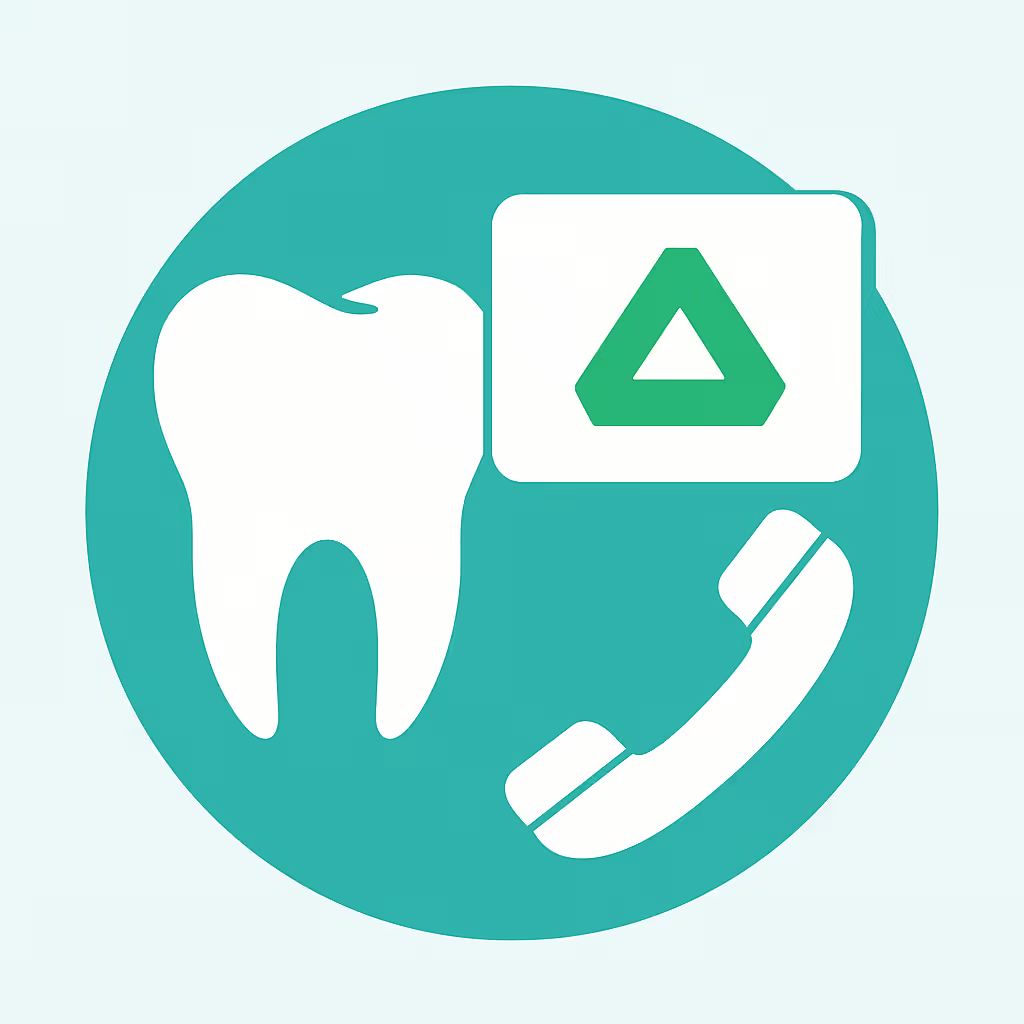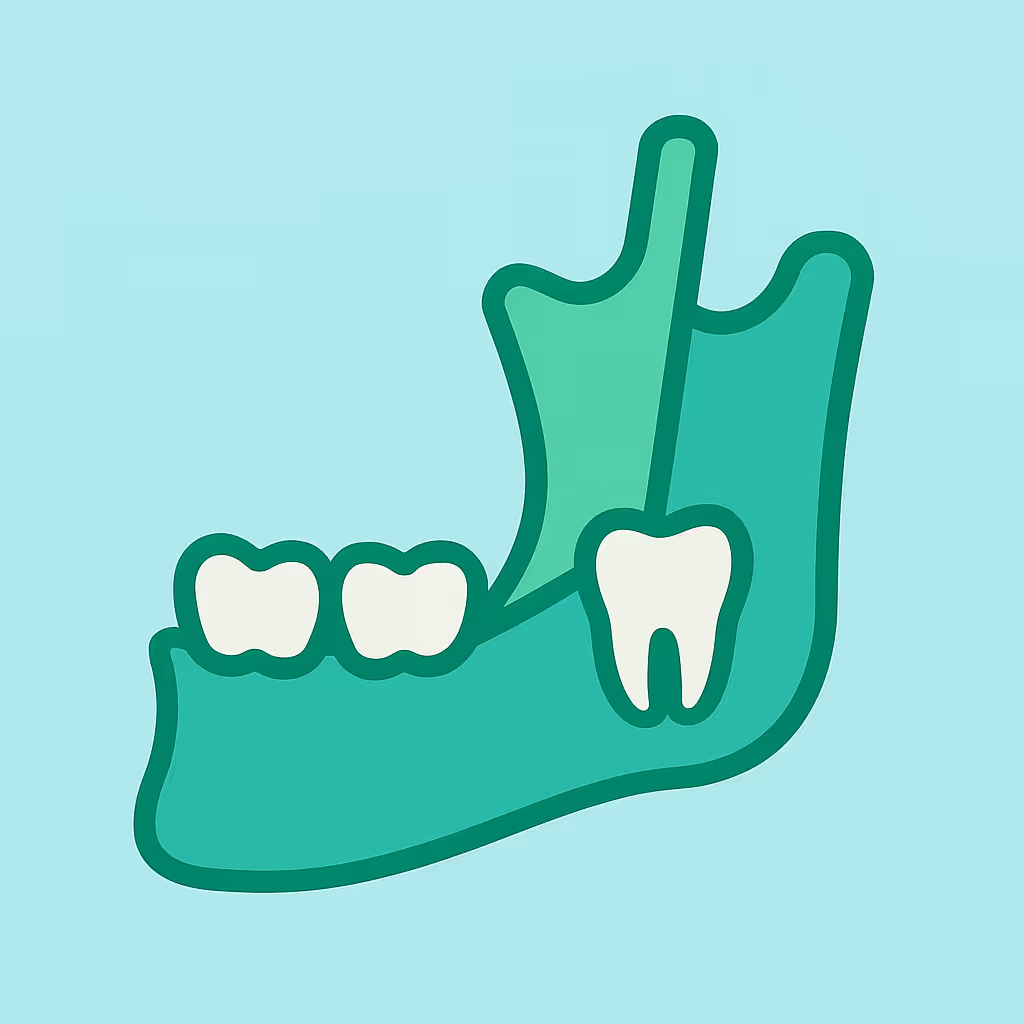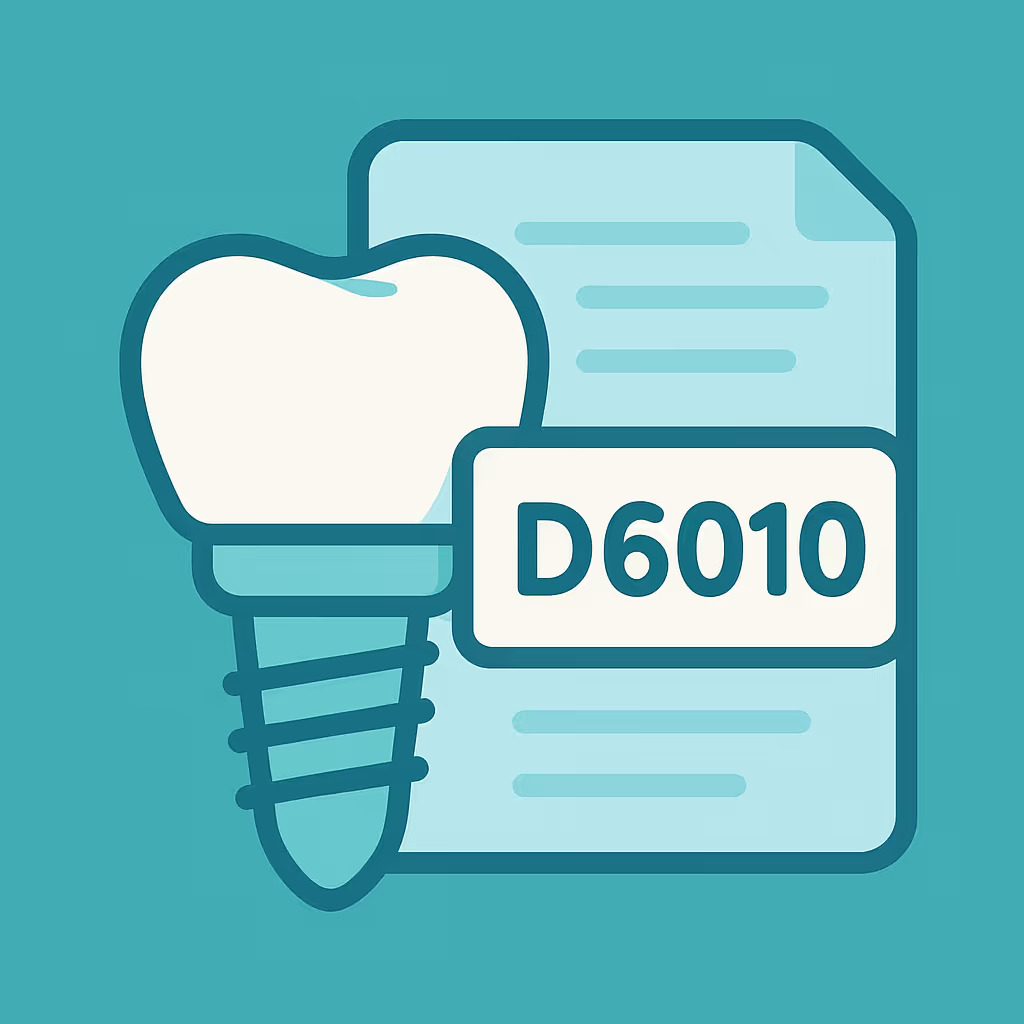Understanding Dental Code D7880
When to Use D7880 dental code
The D7880 dental code is designated for the fabrication and delivery of an occlusal orthotic device, often referred to as a bite splint or night guard. This CDT code is used when a dentist provides a custom-made appliance designed to treat conditions such as temporomandibular joint (TMJ) disorders, bruxism (teeth grinding), or other occlusal (bite) issues that require stabilization or protection of the teeth and jaw. It is important to note that D7880 should be used only when the device is medically necessary and not for routine preventive appliances like athletic mouthguards, which are coded differently.
Documentation and Clinical Scenarios
Proper documentation is crucial when billing for D7880. Dental teams should ensure that the patient’s chart clearly outlines the diagnosis, clinical findings, and the rationale for prescribing the occlusal orthotic device. Typical scenarios include:
- Patients presenting with TMJ pain, muscle tenderness, or joint noises.
- Evidence of bruxism, such as worn tooth surfaces or fractured restorations.
- Cases where an occlusal appliance is part of a broader treatment plan for occlusal rehabilitation.
Include detailed notes on the patient’s symptoms, exam findings, and any imaging or diagnostic tests performed. Attach intraoral photos or radiographs if possible. A narrative report describing the necessity of the device and expected outcomes will strengthen your claim and help avoid insurance denials.
Insurance Billing Tips
Billing D7880 can be challenging, as coverage varies widely among dental and medical payers. Here are best practices for maximizing reimbursement:
- Verify benefits: Before treatment, contact the patient’s insurance to confirm coverage for occlusal orthotic devices under D7880. Ask about frequency limitations, documentation requirements, and whether pre-authorization is needed.
- Submit comprehensive claims: Always include a detailed narrative, supporting documentation, and diagnostic codes (such as ICD-10 for TMJ disorders) when submitting the claim.
- Appeal denials: If a claim is denied, review the Explanation of Benefits (EOB) for the reason. Prepare an appeal letter with additional clinical documentation and a clear explanation of medical necessity.
- Know related codes: If the device is being used in conjunction with other procedures, ensure you are not duplicating codes. For example, if you are also billing for TMJ evaluation, reference D7899 (unspecified TMD therapy) for additional services as appropriate.
Example Case for D7880
Case: A 42-year-old patient presents with chronic jaw pain, headaches, and audible clicking in the TMJ. Clinical examination reveals significant wear on the posterior teeth and tenderness in the masseter muscles. After a comprehensive evaluation, the dentist diagnoses TMJ disorder with associated bruxism. The treatment plan includes fabrication of a custom occlusal orthotic device to be worn at night.
Billing process: The dental team documents the diagnosis, clinical findings, and rationale for the device in the patient’s record. They verify insurance coverage and obtain pre-authorization. The claim is submitted with D7880, a detailed narrative, and supporting documentation. The insurance initially denies the claim, but after a timely appeal with additional clinical notes and photos, reimbursement is approved.
This example highlights the importance of thorough documentation, proactive insurance verification, and persistence in the appeals process when billing for D7880.





